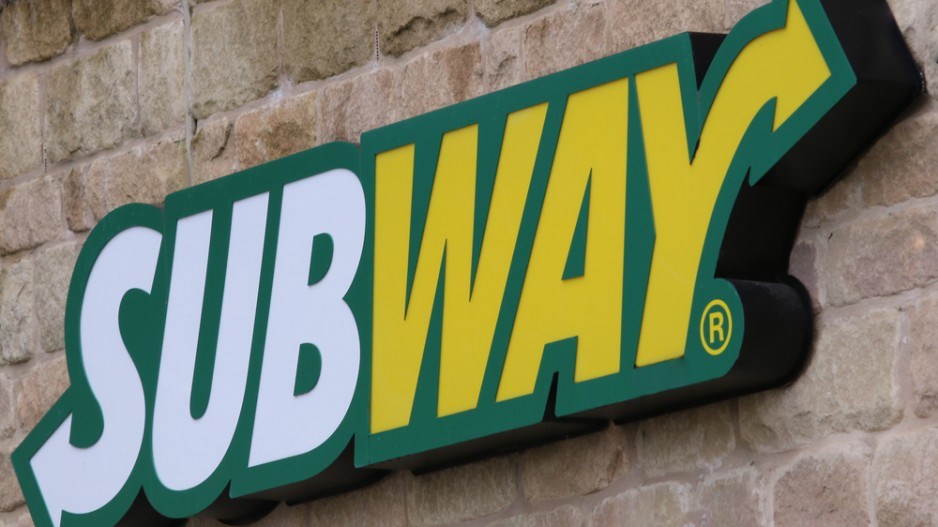While Subway restaurants may be known for its foot-long sandwiches, the world’s largest fast food chain wants Vancouver to be known as its hub for e-commerce.
The sandwich shop announced September 6 it’s acquiring staff and software assets from Vancouver-based Avanti Commerce, which will transition about 20 local tech workers under the umbrella of Subway Digital.
Terms of the deal were not disclosed but Carman Wenkoff, Subway’s chief digital officer, told Business In Vancouver that the entire team will remain based on the West Coast.
“We’re going to change very little for them except give them the full support of Subway headquarters,” Wenkoff said.
“The Vancouver team…will really be the core e-commerce team for the brand globally. So we’re going to continue to build that team out but also continue to have them focus on what they’ve done well so far around e-commerce.”
Subway’s core technology team is based at its company headquarters in Connecticut, while it has another team in Miami specializing in point-of-sale transactions.
Subway has about 45,000 outlets worldwide compared with McDonalds’ 36,000 and Starbucks’ 23,000.
“Over the last few years, Subway has really come to terms with the fact that a digital storefront is their future,” Avanti Commerce CEO Jason Strashek said.
“Subway has recognized the value of what we created and elected to just buy it.”
Subway first partnered with Avanti Commerce in 2011 to develop online catering orders.
In 2014, it began rolling out mobile apps for the sandwich chain that allows individual customers to place orders and pay online before walking into an outlet to pick up their sandwich without waiting in lines.
Wenkoff said there were some initial talks to licence the digital platform Avanti Commerce had developed but Subway ultimately decided to acquire the team and assets from Avanti’s sister company, Cardant Software, which had been focused on Subway’s e-commerce platform.
“A large part of the reason [for the acquisition] is we’ve identified this area of our business as so strategic,” Wenkoff said.
“And given that it’s so strategic, we felt that we needed a little more control over the future. We also needed to throttle it a little more so that we could scale it globally.”




